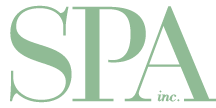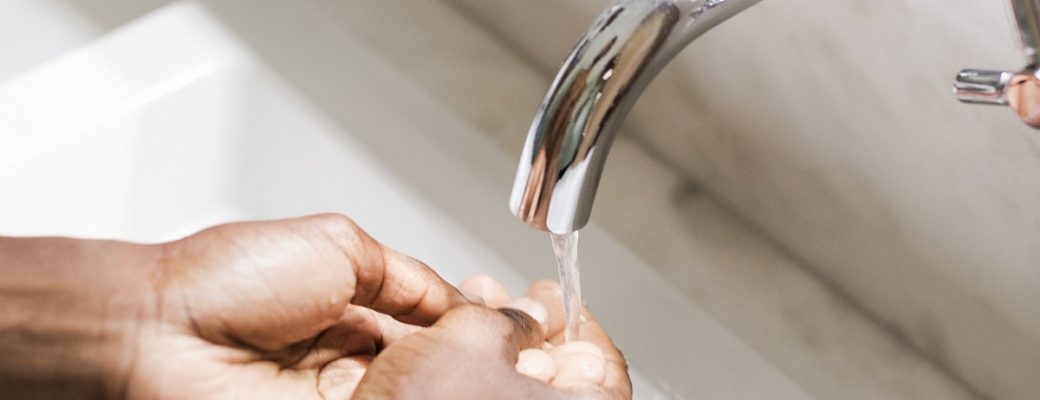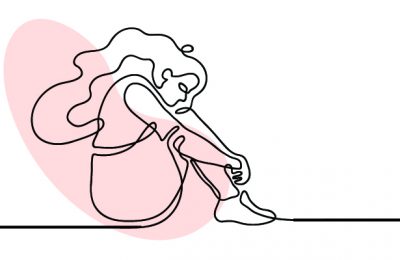How can spa operators perk up their client loyalty through retail programs? We asked five experts.
A green clean
How to kill harmful bacteria, but not the environment
Keeping your spa clean and hygienic is of paramount importance, to protect your clients and your staff. But when we think of effective cleaning products, we think of harsh chemicals and disposable equipment that are environmental hazards. However, there are now plenty of effective options to enable spas to maintain high hygienic standards while remaining environmentally conscientious.
Increasingly, infectious and mutating strains of viruses are emerging around the world. The newest addition—the so-called Australian norovirus—spreads easily, lives for weeks on a variety of surfaces and causes extreme illness. Norovirus and other germs most often are transmitted through the air or when a person touches a contaminated surface then touches his or her mouth, nose, or eyes. Germs and bacteria thrive in warm, moist conditions, especially saunas, showers, locker rooms and foot baths, as well as any place that comes into contact with body fluids such as sweat. They also thrive on high-touch areas including door handles, water fountains, fitness equipment, and elevator buttons.
One of the best ways to prevent the spread of illness-causing germs is through proper hygienic cleaning techniques. While it’s important to take an unforgiving approach with all germs, there are ways to destroy pathogens without having a huge impact on the environment.
Disinfectants: Germ elimination begins with EPA-registered, hospital-grade disinfectants. Many of today’s cleaning solutions are designed to be more environmentally friendly. Tools and spa equipment should be sanitized or cleaned and disinfected after each use. Pedicure spas, for instance, should be cleaned with soap and water, followed by an application of disinfectant that must remain wet on the surface for about 10 minutes to be effective. Other surfaces should be disinfected using the same method at least once a day. In addition, disinfectant wipes should be available to be used throughout the day to clean high-touch points such as door and equipment handles, massage tables, and bathroom fixtures.
Microfiber cloths: Paper towels not only are ineffective cleaning tools, but they also add to overflowing landfills. Microfiber cloths, on the other hand, are proven to be 99 per cent more efficient at capturing and holding on to dust, allergens, and bacteria. Microfiber cloths also remain effective through hundreds of washings. By using different cloths on different surfaces, you can avoid cross-contamination, which is essential to cleaning for health.
Flat mopping: Flat mopping is more efficient and more eco-friendly than traditional stringmopping. Using the traditional method, a pail of water quickly becomes contaminated after one or two mop dips and must be thrown out. Traditional mopping wastes water and increases the amount of potentially harmful chemicals that find their way into the environment. Flat mops can be used with just the right amount of continuously clean water and disinfectant to efficiently remove dirt and harmful pathogens.
HEPA filtration: Hygienic cleaning using green products can help out the world as well as smaller environments. Traditional vacuums can return about 40 percent of the dirt they grab into the air. Using HEPA (High Efficiency Particulate Air) filtration backpack vacuums can improve indoor air quality by capturing 99.9 per cent of germs and allergens.
Personal hygiene: It is equally important for customers and employees to protect themselves and others from diseases by practicing proper hand washing. Hands should be scrubbed often and thoroughly with warm water and soap for 20 seconds.D




